Top 3 Tips For Preventing Pulley Injuries In Climbers
Pulley sprains are unfortunately one of the most common injuries we see in our climbing population at the clinic. Many are not purely an acute injury, a sharp pain while falling off a project or doing a powerful dynamic movement, but have a chronic component of overuse associated with it. Like many injuries, prevention is a much easier approach than managing a painful pulley issue! Read on to see our top 3 tips for preventing pulley injuries.
Include your flexors tendons and pulley systems in your pre-climb warmup.
Warming up before your climb should include exercises specific to the tendons and pulleys. Tendon glides (Fig. 1) are effective for sliding the tendons of our finger muscles through the pulley system, providing lubrication and freeing adhesions.
Fig. 2 (Start position)
Pen – rolling (Fig.2) is a more dynamic exercise that recruits the tendons in a full crimp position, which tends to be where the pulleys experience the highest degree of stress.
Fig. 3 (Start position)
Before getting on the wall, we also recommend a gradual loading of the soft tissues in the hand. This might look like partial body weight hangs on the hangboard or inverse rows using a door frame (Fig. 3).
2. Avoid overuse – use training programming to your advantage.
Climbers love a project. Many of the climbers we chat with are projecting or aiming for their maximum grade with each climbing session. This can lead to overuse, either within a session or across a period of weeks or months. If you’re climbing multiple times a week, consider reserving one session each week to focus on technique, or endurance. If this is new to you, try our favourite strategy: pick a route at or below your flash level and climb it 3 times in succession, focusing on progressively smoother movements and eliminating extra hand or foot adjustments with each send. As a year – round sport, it’s also important to plan for rest with your climbing training. Every 6-8 weeks, plan an “active” unloading week. This doesn’t mean staying off the wall or crag, but reduce volume and intensity about 50% to give your soft tissues a break.
3. Use hangboarding to build tensile strength in the flexor tendons and pulleys.
This strategy is most appropriate for folks who have been climbing for a year or more, though newer climbers can progressively load these same tissues with the inverse row on a door frame mentioned above. If you are new to hangboarding, this classic climbing tool may seem a bit intimidating. Start slow and progress gradually as tendons and pulleys are slower to adapt to increased load when compared with muscle! Research shows that the widest ledges are equally adept at building tensile strength as the more punishing thinner ledges. Start with 7 second hangs, with partial body weight if needed, followed by 13 second rests. Repeat 3 times as a launching point. If you are free of signs of inflammation (swelling, redness, delayed or prolonged stiffness or soreness) work up to 6 – 8 reps, 2 - 3 times a week, before either increasing the weight or changing the hold type.
The good news, for a fairly modest time investment, pulley injuries are preventable! These same strategies are also useful in maximizing climbing performance. If you have questions, or are worried about pulley injuries, take advantage of our free 15-minute phone consult or consider booking a Climbing Performance Assessment.
Written by: Ashley Cripps, MScPT








